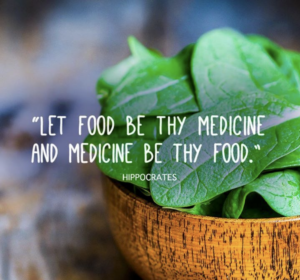 It’s all just so overwhelming. You workout a few times a week and most days you do your best to eat healthy, sort of. Oh yeah, then you work, volunteer at school, taxi kids to soccer + swimming, walk the dog, make your kids’ school lunches AND most nights you KNOW you should cook a homemade, healthy meal that everyone in your family will like and you’d really like that meal to produce leftovers that you or your spouse can eat for lunch during the week. Whoa. Yikes. How’s all that going for you? Grabbing fast food and ordering pizza can absolutely save you time, but we all know deep down, it’s not what you want. You dream about your kids eating salad and sweet potatoes or a bowl of vegetable soup with avocado on top. You dream about one of those organic meal delivery situations, but then remember that you still have to cook it when it arrives at the door. And then, like you did the day before, you wake up from your dream and find yourself throwing chicken fingers in the oven and boiling up some plain pasta because your kid doesn’t like sauce. Sound familiar? Yep, I knew it.
It’s all just so overwhelming. You workout a few times a week and most days you do your best to eat healthy, sort of. Oh yeah, then you work, volunteer at school, taxi kids to soccer + swimming, walk the dog, make your kids’ school lunches AND most nights you KNOW you should cook a homemade, healthy meal that everyone in your family will like and you’d really like that meal to produce leftovers that you or your spouse can eat for lunch during the week. Whoa. Yikes. How’s all that going for you? Grabbing fast food and ordering pizza can absolutely save you time, but we all know deep down, it’s not what you want. You dream about your kids eating salad and sweet potatoes or a bowl of vegetable soup with avocado on top. You dream about one of those organic meal delivery situations, but then remember that you still have to cook it when it arrives at the door. And then, like you did the day before, you wake up from your dream and find yourself throwing chicken fingers in the oven and boiling up some plain pasta because your kid doesn’t like sauce. Sound familiar? Yep, I knew it.
Well, I am not here to tell you that it’s all gonna be OK and you’re kids will be fine and who cares about sauce anyway and other families eat far worse than yours. I am also not going to tell you that you MUST chef -it-up every night either. I am here to tell you that you CAN make it happen. Every night? Hell no. But on the regular? Yes, yes, yes you CAN! And I know you’re hoping that this post is going to end with a perfect system and for $9.99 it will change your life in 24 hours and those sweet potatoes will appear on your dinner table tonight and your kids will love them. But, that’s not what this is about. Before you find a system (which we need to call a lifestyle) that works for you, you MUST MUST MUST map out your WHY. Let me help.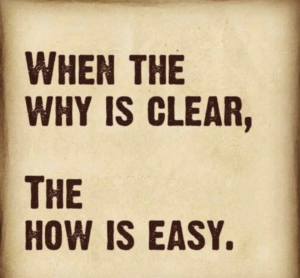
Why you ask? Well let’s start here: Food is fuel. It is our source of energy, vitality, sustainability and longevity. It is the gas to our car the wind to our sails. No gas, no ride. No wind, no sail. When I started really looking at food from this perspective, everything changed for me. And before I go on, I must confess that I take the easy route more often than I’d like and my kids sometimes eat bags and boxes of crap too (There is no perfect score in this deal. It’s not a competition. We are all in this together.). But when you truly shift the way you look at food, like really shift, the magic begins to happen. Like any new hobby or commitment, it’s hard to fit it in at first – you want to fall back into your old ways because you were comfortable there. And your kids are acting like they have the shakes from their fast food detox and maybe you are sneaking Diet Coke when no one is watching. You’re walking around the grocery store not sure how to pull this off and you may even cry and swear because it’s not easy. Good. This is your low. Welcome to the amazing world outside of your comfort zone. It totally sucks. At first. But this is the only place that true change and healthy growth can happen.
We all need to experience our own version of hard before we understand how to move forward. Like a new exercise routine, lifestyle change, addition to the family, change in family, new pet, blah blah blah, give yourself an adjustment period and don’t give up. Your WHY must really speak to you and you must go back to it when you start running out of gas. Why WHY? Well, maybe because you don’t want to keep gaining weight. Maybe because your husband’s cholesterol has been slowly creeping up. Maybe because your kids are either exhausted and moody or super wound up and crazy and you have your suspicions that the red dye and the sugar and the lack of vegetables really is affecting them. Maybe because you watched a documentary about food that made you throw up in your mouth and you know that you and your family deserve better. Maybe because you’ve had 2 aunts and 1 uncle die from cancer and it scares the complete and total sh#@ out of you. Or, maybe because you know that Hipocrates was right all along when he said, “Let food be thy medicine and medicine be thy food.” Ok, maybe you didn’t know he said that, but now you do ;).
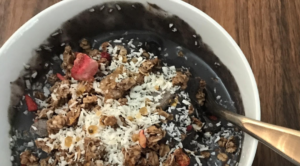 Now you hate me, and that’s ok. I’ve been known to start conversations that no one wants to have but everyone needs to hear (me included). My why? That’s easy. It’s my mantra and my motivator and I hope this post helps you draft yours too. My why is that I believe food can either cause disease or cure it. I believe that when properly nourished our bodies are stronger, happier and they become the safest, warmest and kindest place for us to live. You see, we only get one body and we only get one shot. What’s your why?
Now you hate me, and that’s ok. I’ve been known to start conversations that no one wants to have but everyone needs to hear (me included). My why? That’s easy. It’s my mantra and my motivator and I hope this post helps you draft yours too. My why is that I believe food can either cause disease or cure it. I believe that when properly nourished our bodies are stronger, happier and they become the safest, warmest and kindest place for us to live. You see, we only get one body and we only get one shot. What’s your why?
Jayna Crittenden lives in Wilmington, NC with her surfing husband Joel, her kids Carmela (10), Nina (8) and Franco (8) and their dogs Butchie + Bruno. She is the blogger behind Beauty and the Feast and is a consultant with Beautycounter. Jayna has spent the last decade helping people make safer, healthier choices with food, household and personal care products. She enjoys working out so she can enjoy Acai Bowls from SurfBerry (the Nutty Bowl to be exact), tons of avocados and Meomi. She’s also pretty sure there is Sriracha in her bloodstream more often than not. You can find her on Instagram @beauty.and.the.feast


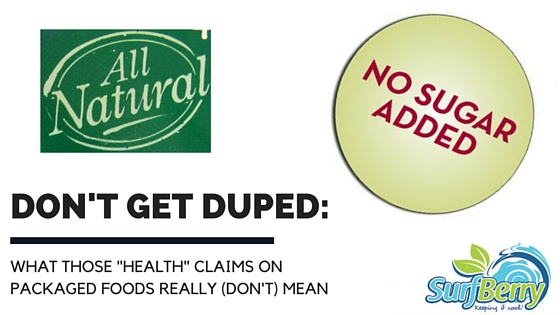
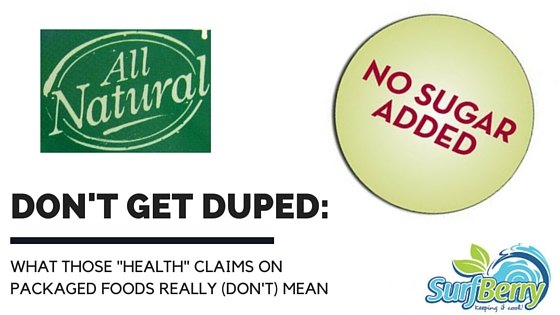
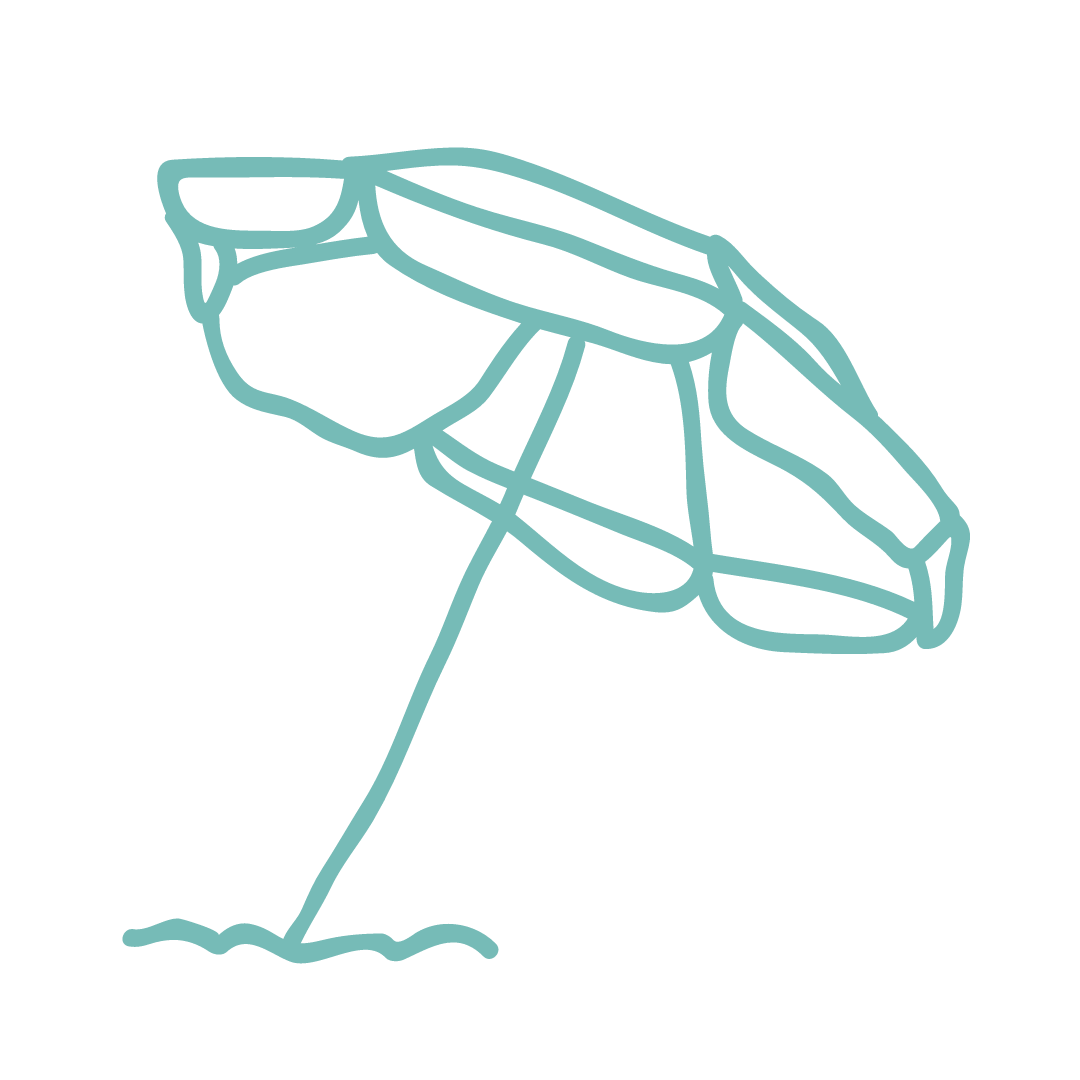 RENTALS
RENTALS ACTIVITIES
ACTIVITIES Menu
Menu ABOUT
ABOUT CONTACT
CONTACT